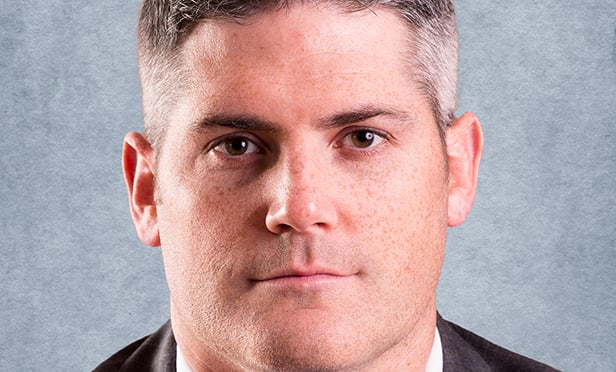IRVINE, CA—There are several factors that exemplify howtoday's retail-investment market isfundamentally stronger than the 2007 market peak,Donald MacLellan, senior managing partnerof Faris Lee Investments, tellsGlobeSt.com. Below are five key factors that he believesdistinguish this current investment environment from the frenzy in2007—and should ultimately help safeguard retail property ownersover the long-term.
- Preference for lower leverage: “Beingconservative is the key,” says MacLellan. “Investors of all sizesare more conservative when it comes to borrowing. If buyers aren'tpaying all-cash for a property—which is very common in the lowerprice point transactions—they are putting down 35% to 50% equity.This gives owners more security to weather a storm should adownturn happen again.”
In addition, he says, investors' goals are to put as much capitalout as possible based on the limited opportunities to invest.“There continues to be an imbalance of demand vs. supply in retailinvestments; as such, there is a tremendous amount of pent-upcapital. With many funds over-subscribed, it makes sense all aroundto put more cash down and borrow less.” - Limited new development: From aretail-development standpoint across the country, developmentactivity has been relatively nonexistent since the recession, saysMacLellan. “The few properties that are beingdeveloped are driven by tenant demand inneighborhoods where daily-needs retail is in shortage.”
The other factors limiting future development arerising construction costs as well asflat anchor rents, making development economically unfeasible, headds. “This phenomenon is in essence making existing retail thatmuch more valuable and fundamentally stronger than previouscycles.” - Slowdown of large retailer bankruptcyand store closings: There have been a significantnumber of mid- to large-sized retailers shutting their doors overthe past several years. Albertsons,Ralphs, and Fresh & Easy haveall closed underperforming stores leaving their anchor spacesavailable, and Circuit City,Borders and Mervyns are alsoexamples of big-box retailers that declared bankruptcy and closedtheir entire chains, leaving significant inventory of vacant bigbox spaces. MacLellan says, “It took several years; however, themajority of all of this space has been backfilled and released tonew retailers expanding into California such as HobbyLobby, Kohl's, and Forever21, as well as fitness operators likeLA Fitness and 24-HourFitness.”
Ultimately, retailers were forced to rethink,revitalize and re-strategize on how they relate to the customer aswell as how they live in a world of onlineshopping, he adds. “The vacant space is now beingoccupied by retailers that are a good fit for the markets theyenter, and that better meet consumer demand.” - Fundamentally based rents:Pre-recession, rental rates for retailers were increasing atan unsustainable pace, says MacLellan. “Many went out of businessor relocated to a more economical location during the downturn. Themajority of today's large national/regionalbig-box retailers areoperating at rents much more in line with healthier occupancyratios. In addition, there was a flushing out of weak in-lineretail stores. Today, the small retail shops that remain areperforming relatively well and are here for the long run. Asretailers' sales improve along with the economy, rents will roll asthey always do, but retailers will be more prudent aboutnegotiations based on location, sales, and long-termsustainability.”
- Location, location, location: Investors arenow more focused on strong locations and credit-worthiness of theretailer, as opposed to previous cycles where less attention waspaid to these two factors, MacLellan points out. “Strength oflocation is also important to retailers themselves, where we haveseen retailers shed lower performing stores in inferior locations.We have seen investors do well both in the dense infill areas ofcore markets and the main-and-main locations in secondary tradeareas. The key is to invest in centers well positioned in theirrespective retail markets.”
Visit Faris Lee Investments at ICSC Western DivisionConference in San Diego at Booth #601. www.farislee.com
Continue Reading for Free
Register and gain access to:
- Breaking commercial real estate news and analysis, on-site and via our newsletters and custom alerts
- Educational webcasts, white papers, and ebooks from industry thought leaders
- Critical coverage of the property casualty insurance and financial advisory markets on our other ALM sites, PropertyCasualty360 and ThinkAdvisor
*May exclude premium content
Already have an account?
Sign In Now
© 2024 ALM Global, LLC, All Rights Reserved. Request academic re-use from www.copyright.com. All other uses, submit a request to [email protected]. For more information visit Asset & Logo Licensing.








